Picture Post: news in the predigital era
Picture Post was a very popular weekly news magazine that was published from 1938 – with the threat of a new world war on the horizon – until 1957.
It is hard to imagine the impact of Picture Post from today’s viewpoint when we have news available 24 hours a day, seven days a week: it comes via the internet and through myriad television channels and radio stations. But the world in 1938 was a very different place with television still in its infancy. Newspapers, radio and newsreels at the cinema were the main sources of news and information. Newspapers themselves weren’t the full colour, multi-sectioned publications that they are today – they had fewer pages, were only black and white and had far fewer photographs.
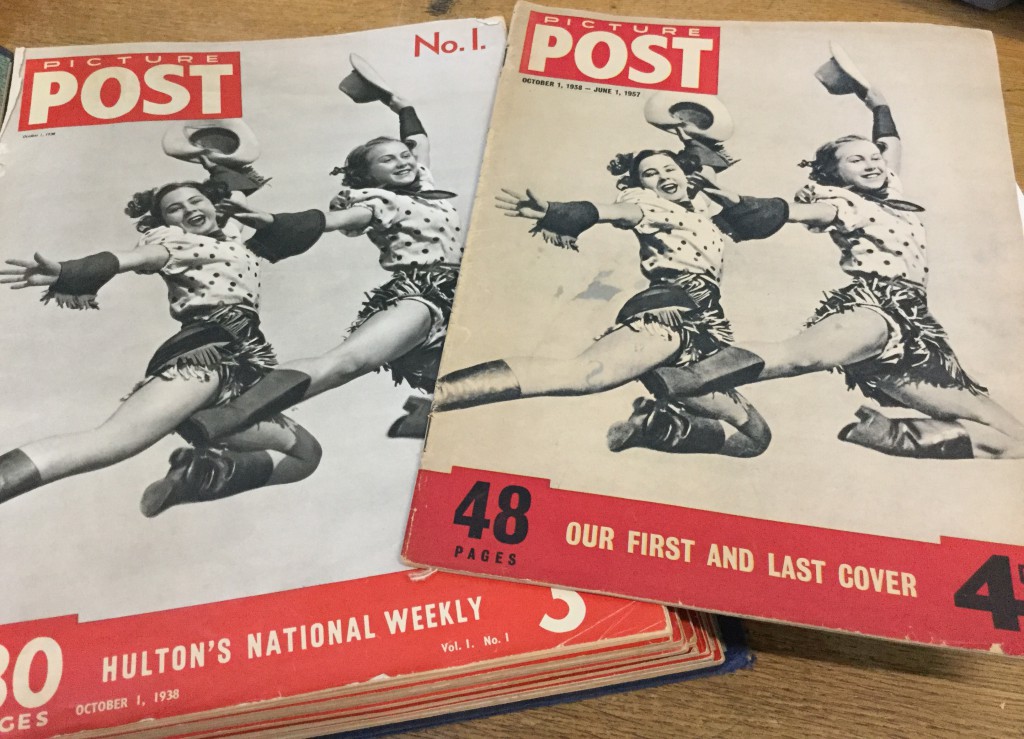
Its first editor was Stefan Lorant who had originally conceived and pioneered the idea of pictorial magazines while working as an editor and journalist in Germany in the 1920s and 1930s. The use of photography was made possible by developments in printing processes which made good quality reproduction of photographs possible. With Picture Post the emphasis was on the photographs, with the words often, but not always, taking a secondary role. The best and most powerful evocative articles were ones where the photographs and the copy complimented and enhanced each other. Journalists and photographers on the magazine worked closely as a team, something that was rare in the world of journalism in the 1930s.
Lorant was backed by Edward Hulton, a barrister and publisher, whose politics were not at the same end of the political spectrum as Lorant’s. Nevertheless, Hulton was happy to support Picture Post’s liberal stance and social conscience.
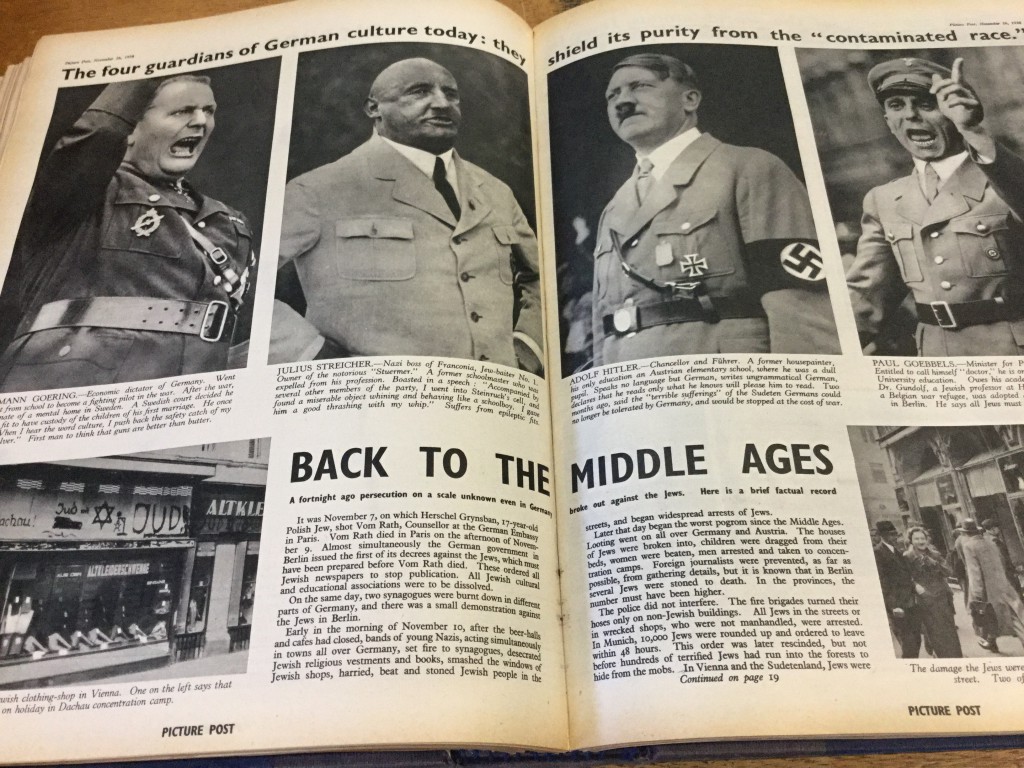
From the very first issue Picture Post covered a broad spectrum of subjects from fashion, art, current affairs, human interest, celebrities, social history, news both national and international and also included short stories. The first issue contained articles about William Hogarth, life in the Cornish village of Polperro, the history of the corset and an operation in a London hospital. This varied mixture carried on throughout the magazine’s lifespan.
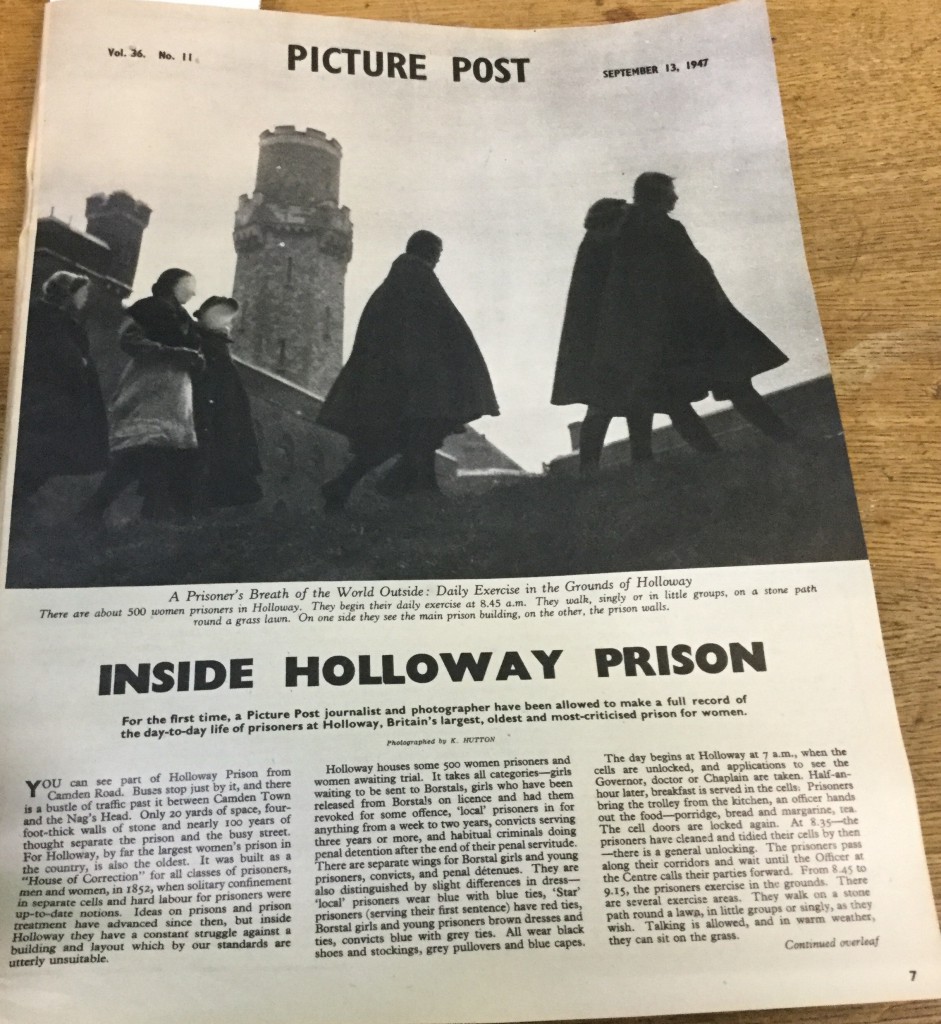
From its very beginning it didn’t balk at covering controversial subjects and one of the early issue (November 26, 1938) had an article about anti-semitism in Germany entitled Back to the middle ages. Later groundbreaking subjects included life inside Holloway Prison (September 13, 1947).
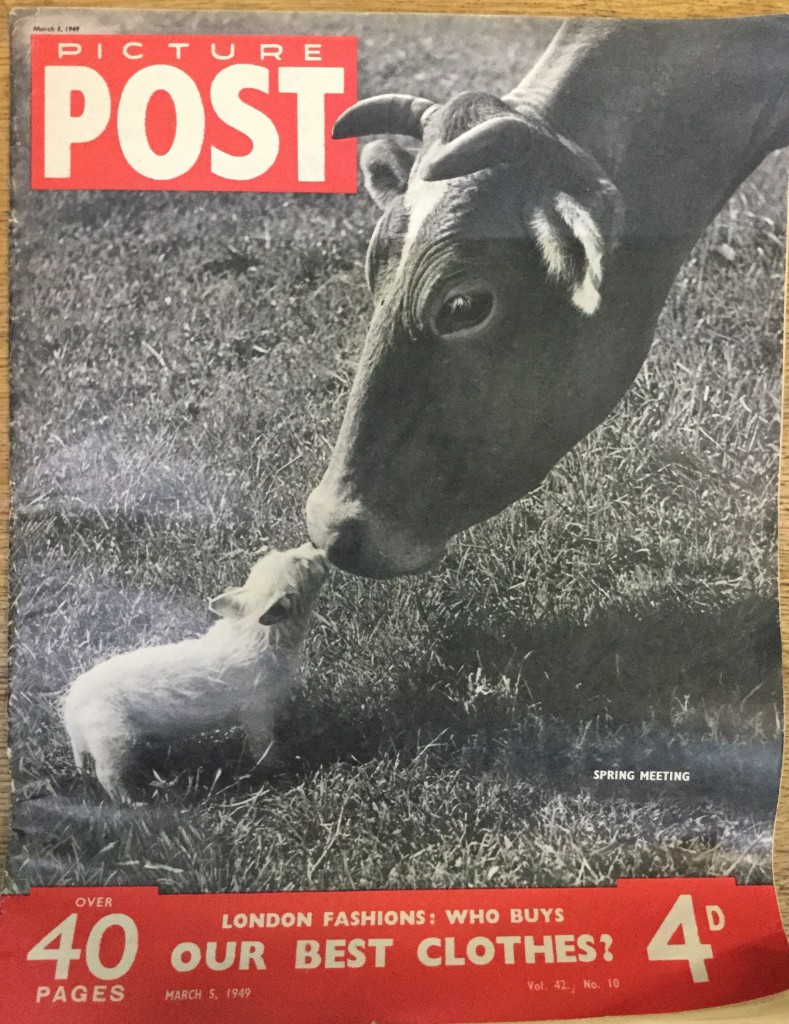
Picture Post didn’t shy away from the cute, the curious or the celebrated. There were various Christmas covers with cute children, covers with fluffy mammals and covers with celebrities.
Laurence Olivier and his wife Vivien Leigh, and a cat, are pictured on the cover for the April 5, 1941 issue, with the caption “The Oliviers at home” where we are told that Olivier is leaving to join the Fleet Air Arm.
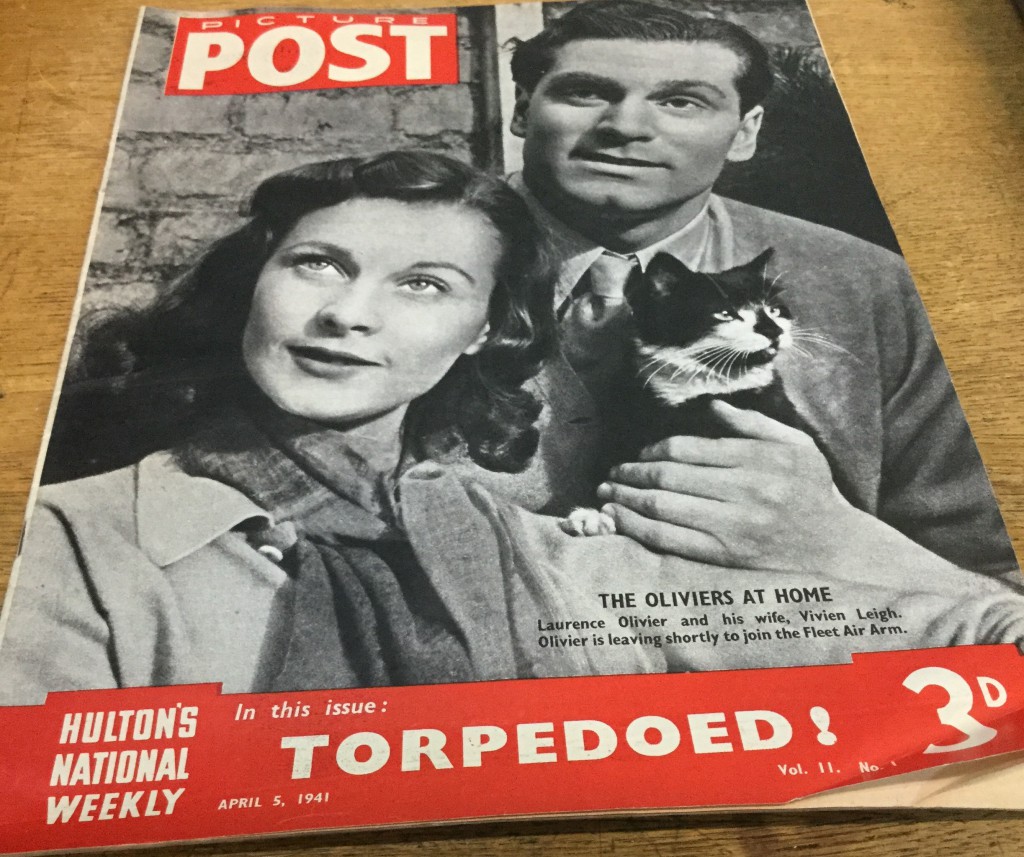
To highlight the post-war housing shortage there was an article about a family living on a bus (Bus that became a home December 11, 1948).
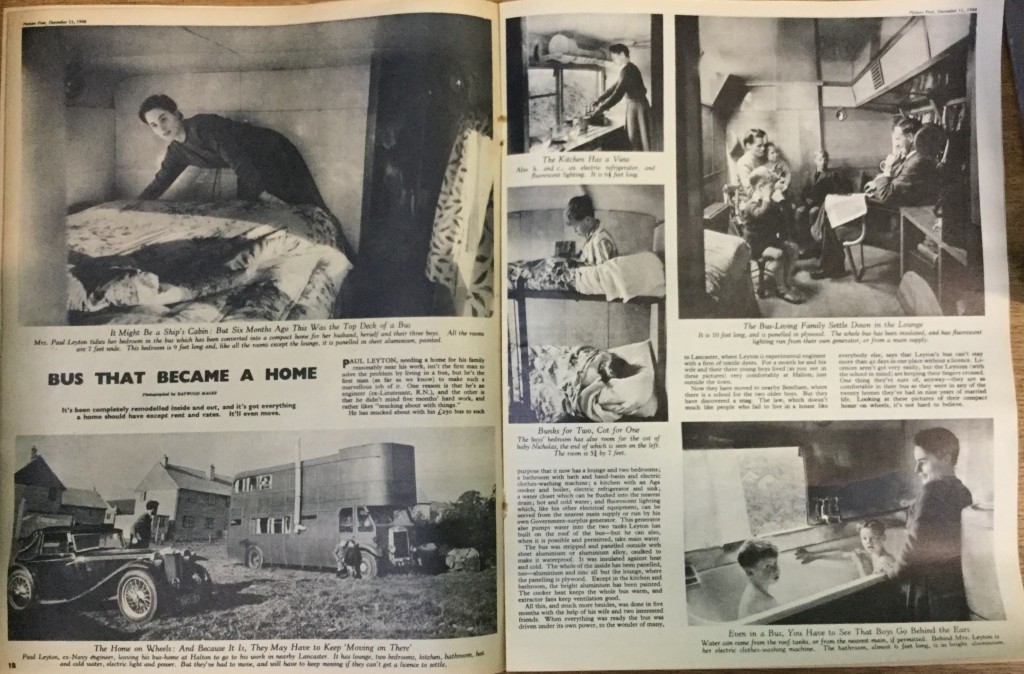
Within 6 months of its beginning the circulation was 1.6 million. Statistics from the time indicate that the magazine was read by over half the adult population in England. By the end of 1943 the circulation had grown to nearly 2 million but by 1949 it had dropped to under 1.5 million. In comparison, the latest circulation for Hello magazine (Jan-Dec 2015) was 0.27 million, while the January 2016 circulation for the Daily Mail was 1.6 million, Daily Mirror was 0.8 million and the Guardian 0.16 million. [Source: Press Gazette]
In 1950 Tom Hopkinson, who had succeeded Stefan Lorant as editor, came into conflict with Hulton in 1951 over articles by James Cameron and Bert Hardy on the Korean War and eventually he was sacked. A succession of editors followed. The magazine began to lose its way and its circulation dropped.
The last issue was published in 1957. So ended a publication that had nurtured some of the finest journalistic and photographic talents of the twentieth century and pioneered photojournalism.
The Information and Reference Library has a complete collection of Picture Post that can be viewed on request.
People who worked for Picture Post included: the photographers Bill Brandt and Humphrey Spender; journalist Fyfe Robertson; writers Anne Scott-James, Freya Stark and George Simenon; photomontagist John Heartfield; cartoonist Norman Thelwell;and the artist Feliks Topolski
Library members can access the entries from the Oxford Dictionary of National Biography, Oxford Reference and Oxford Art Online by clicking on the hyperlinks in the text.
[ Fiona Campbell, Library Assistant ]
